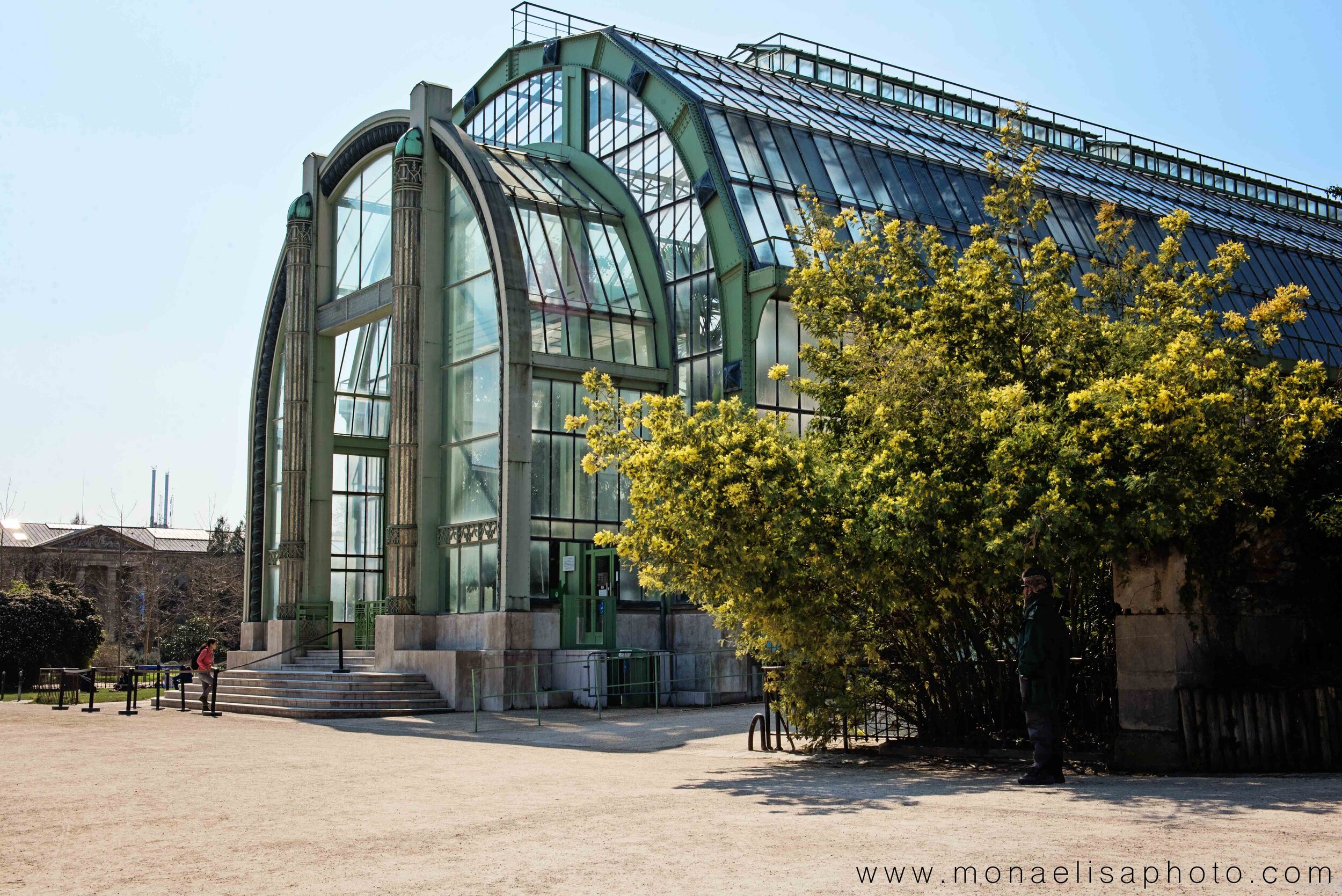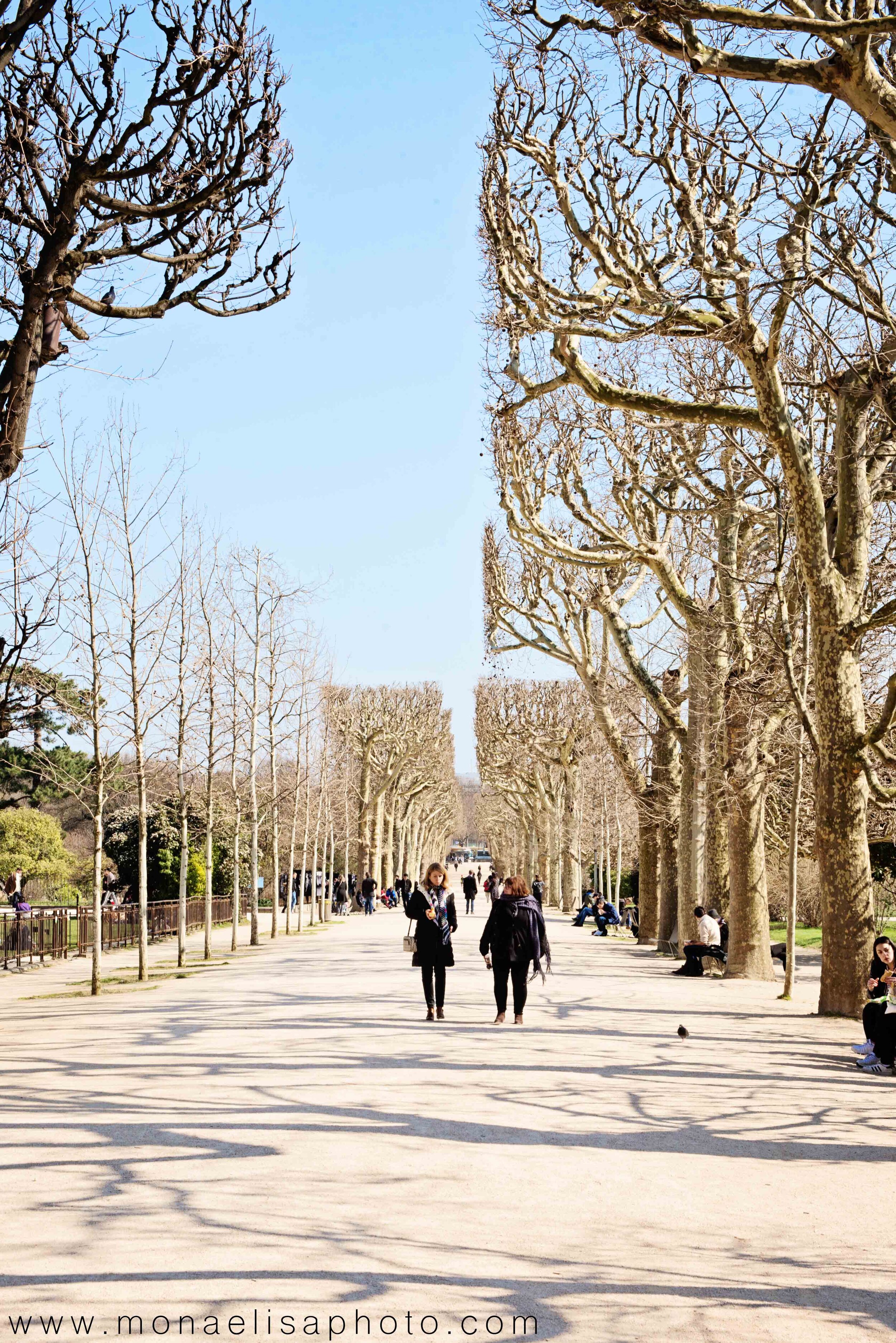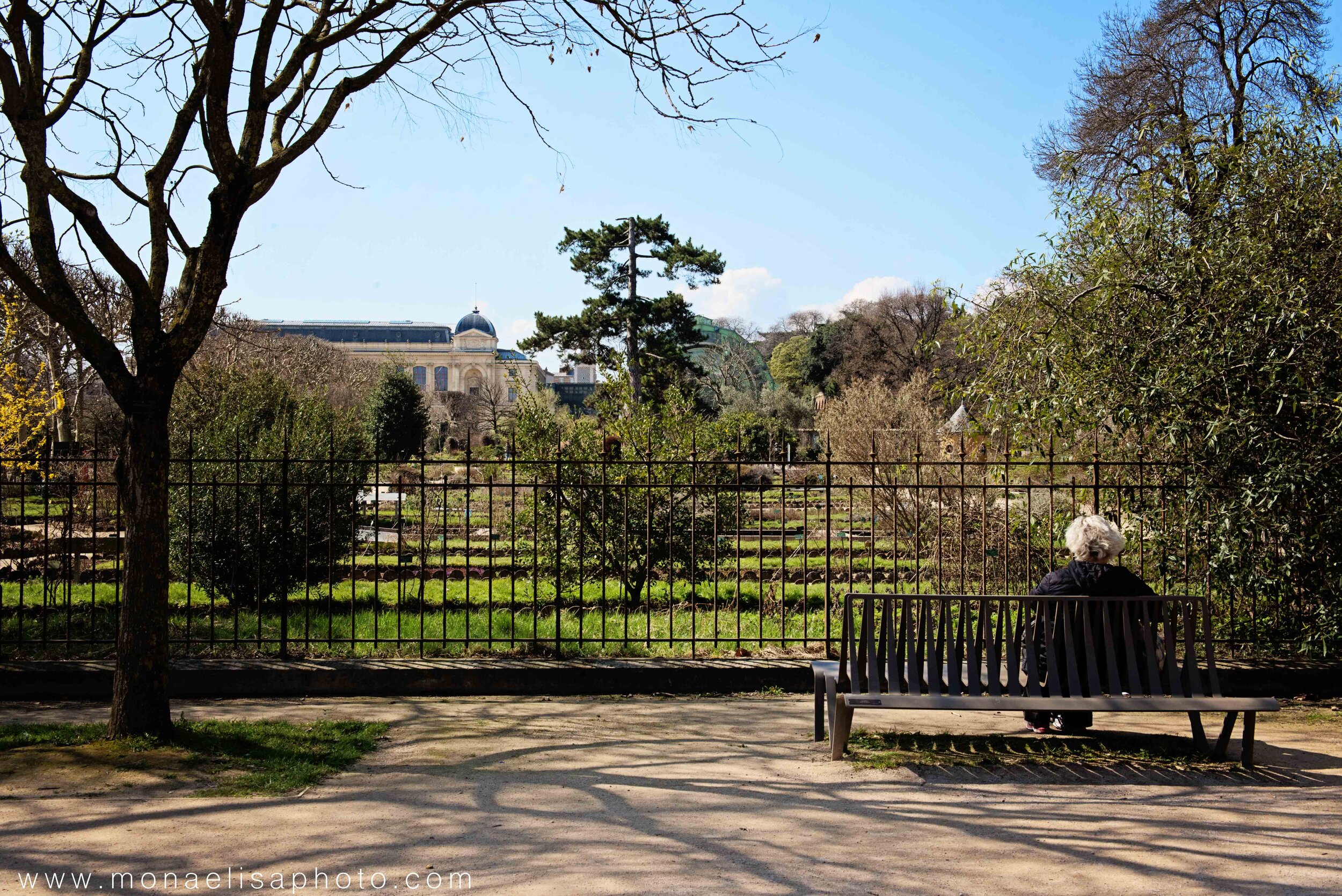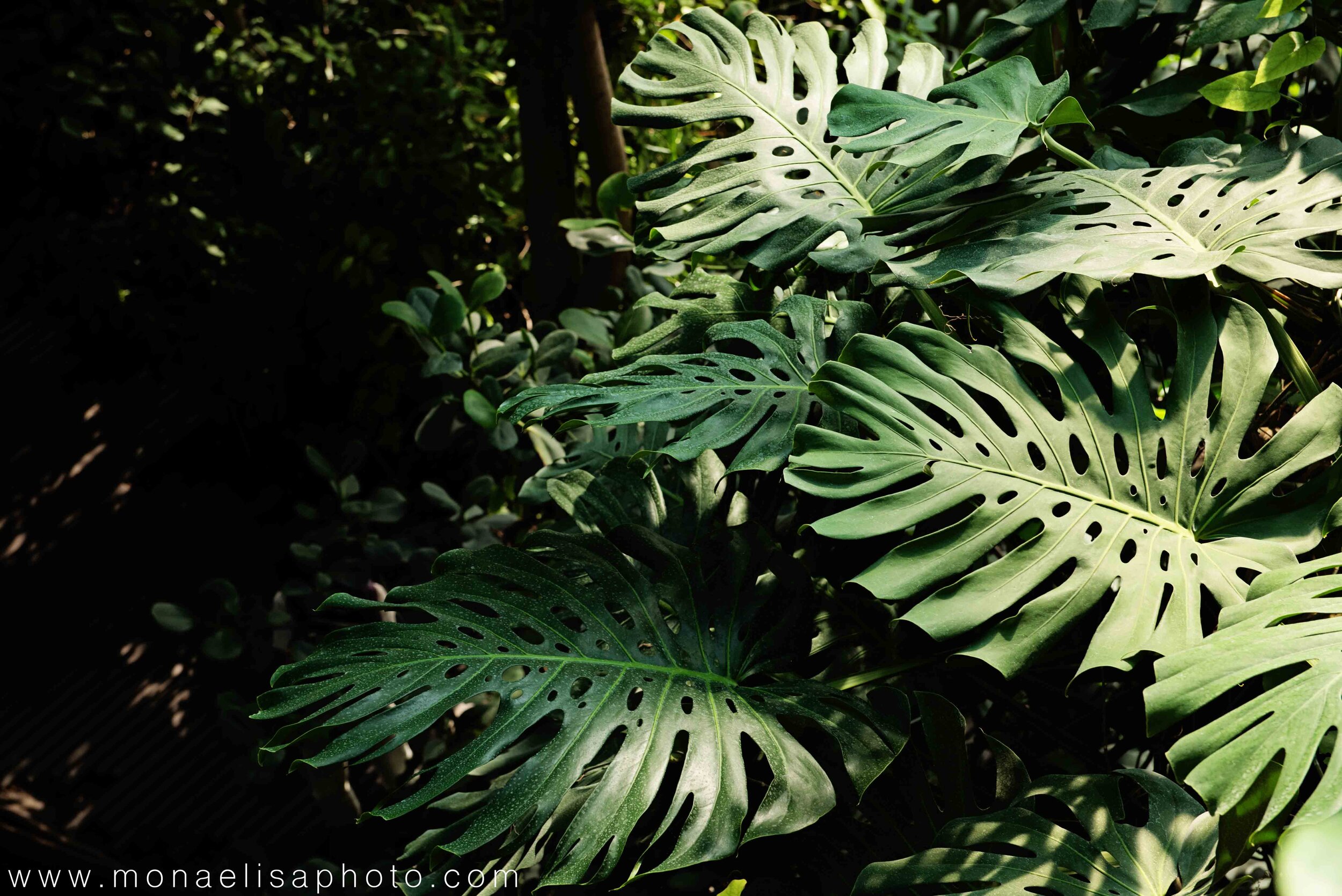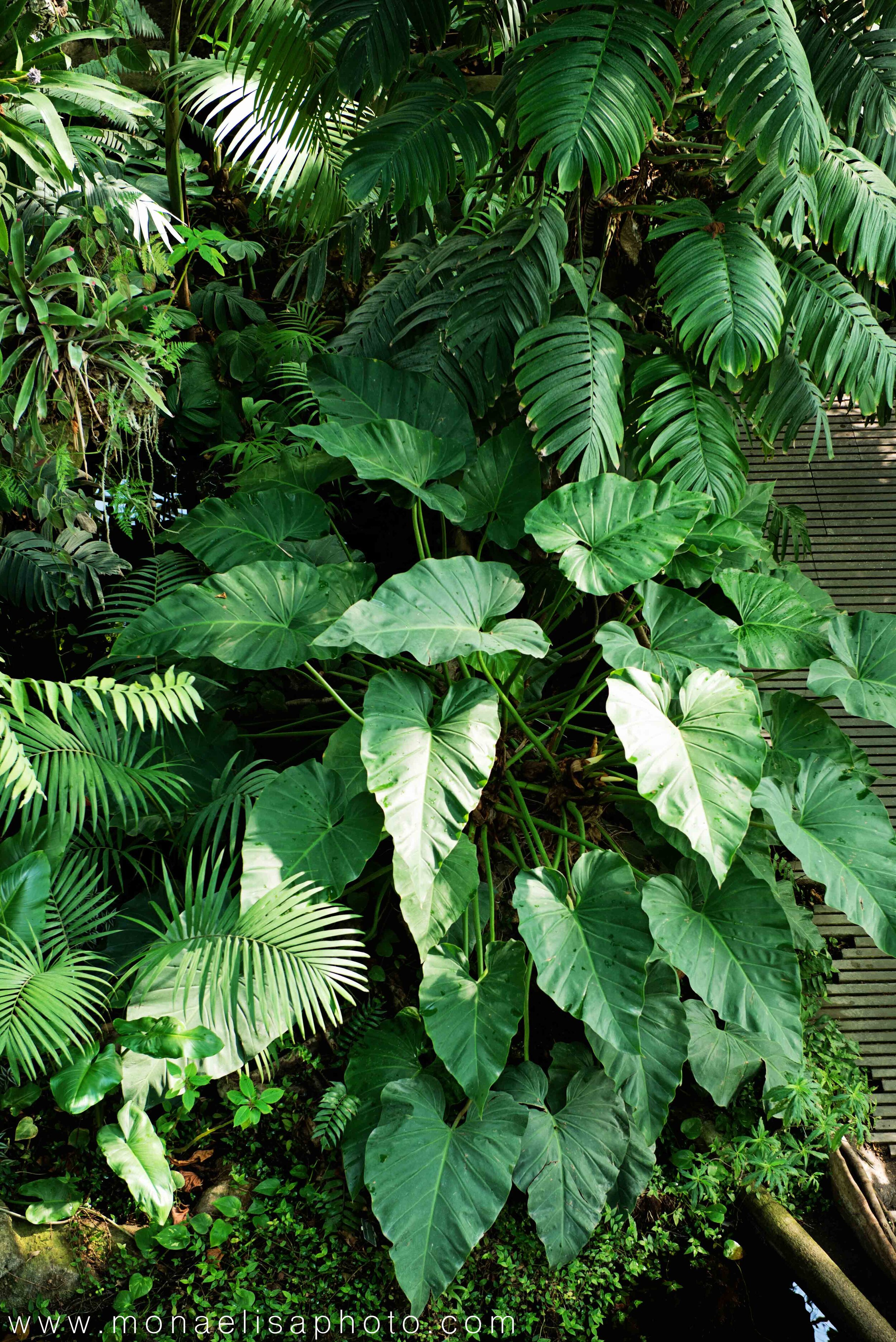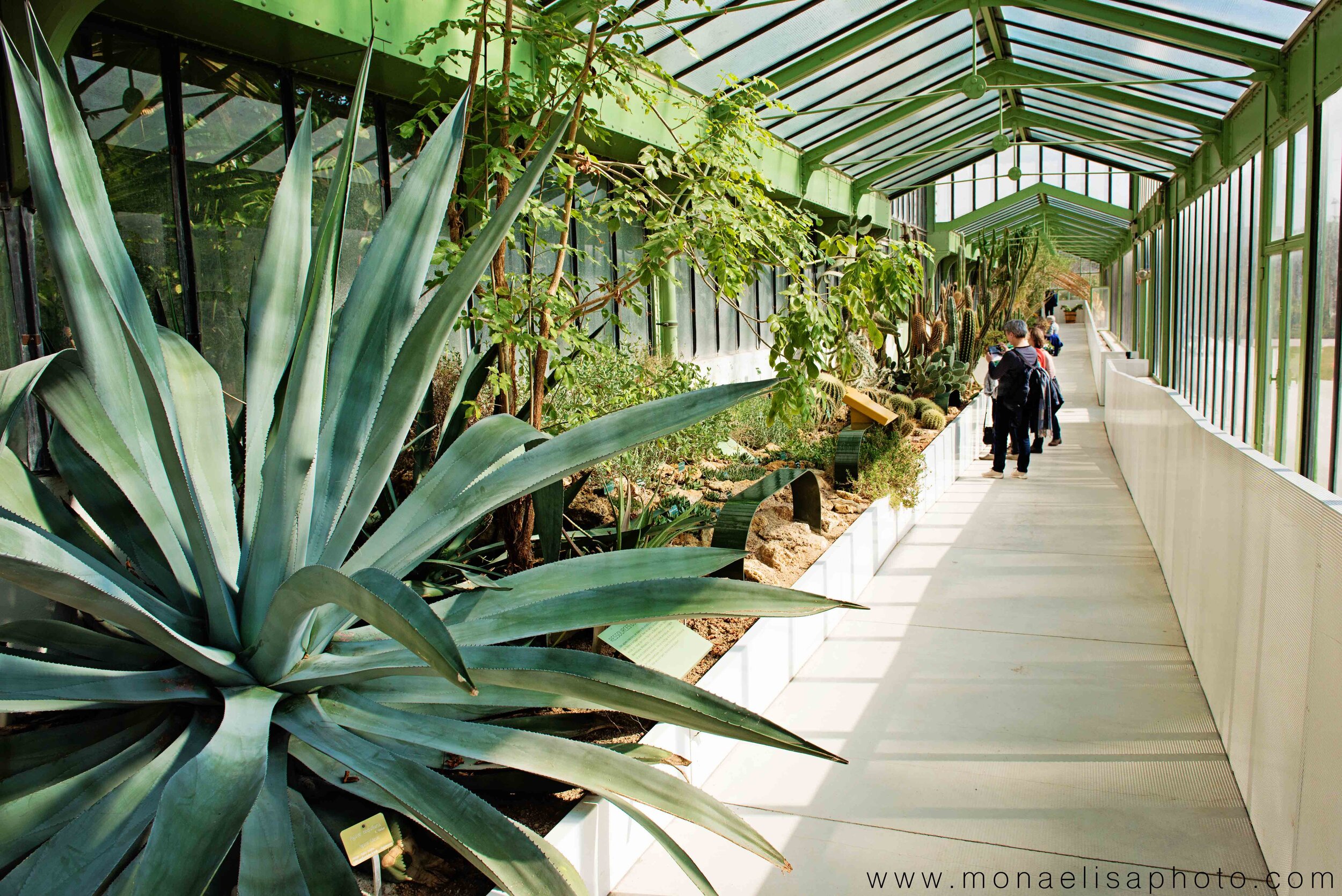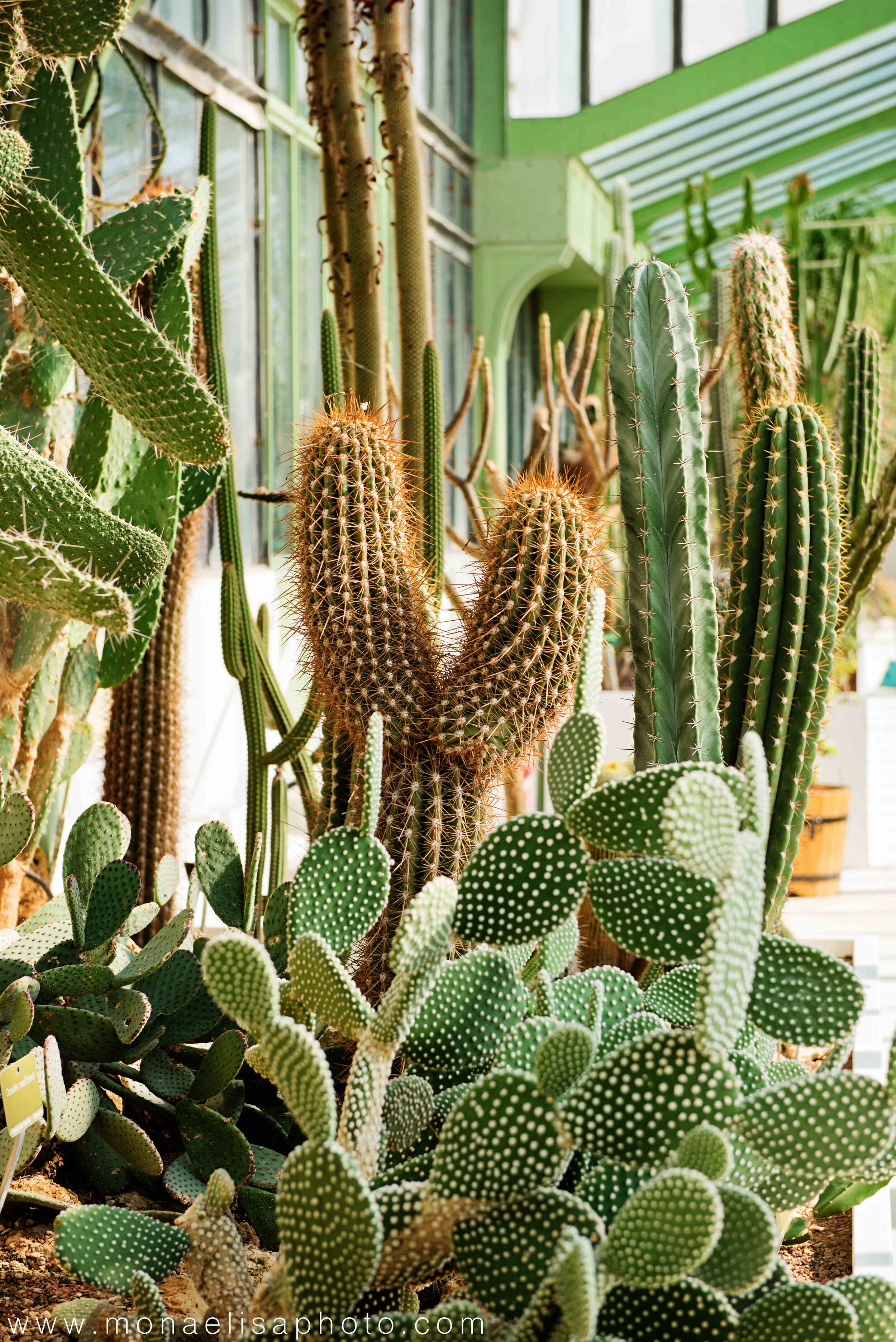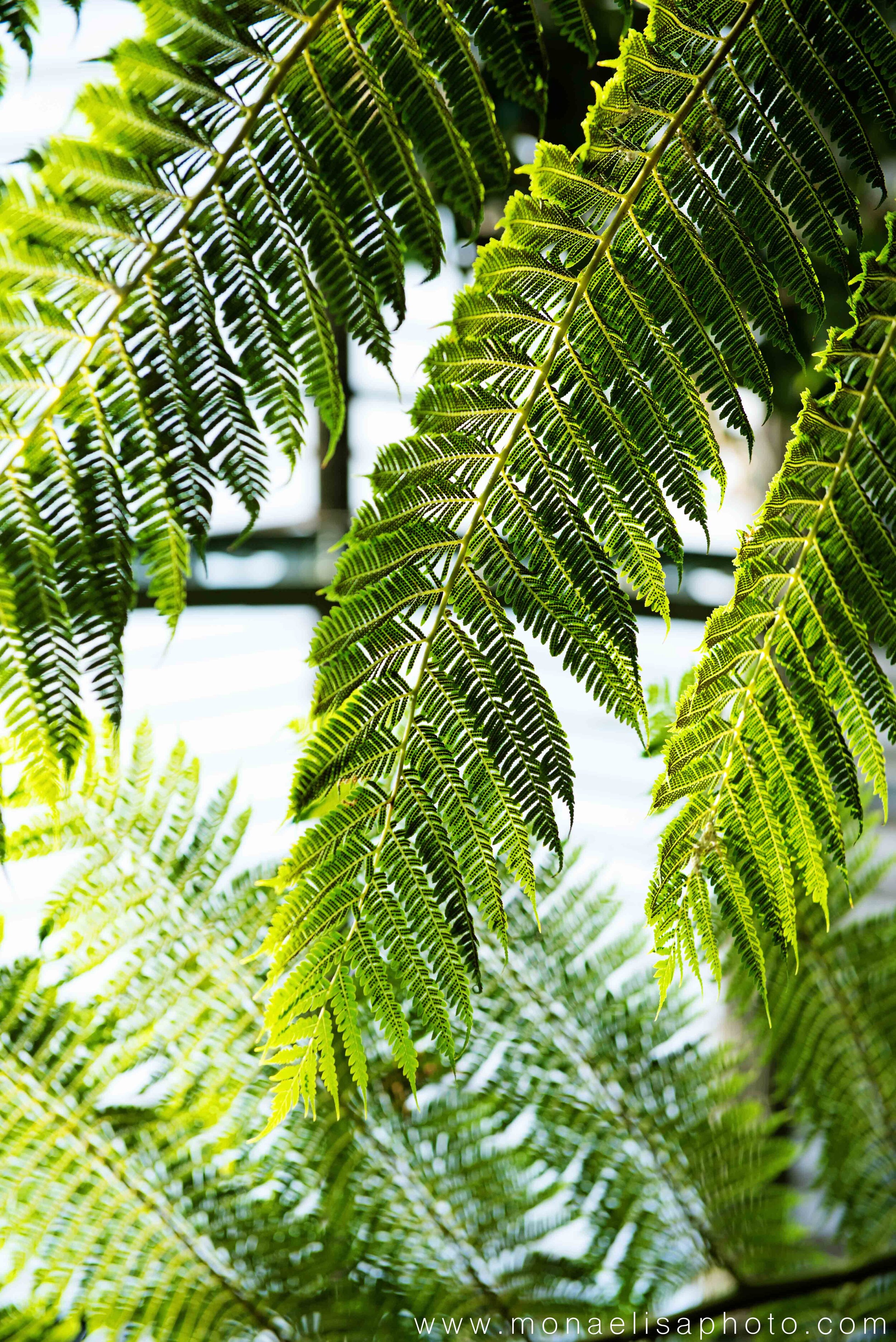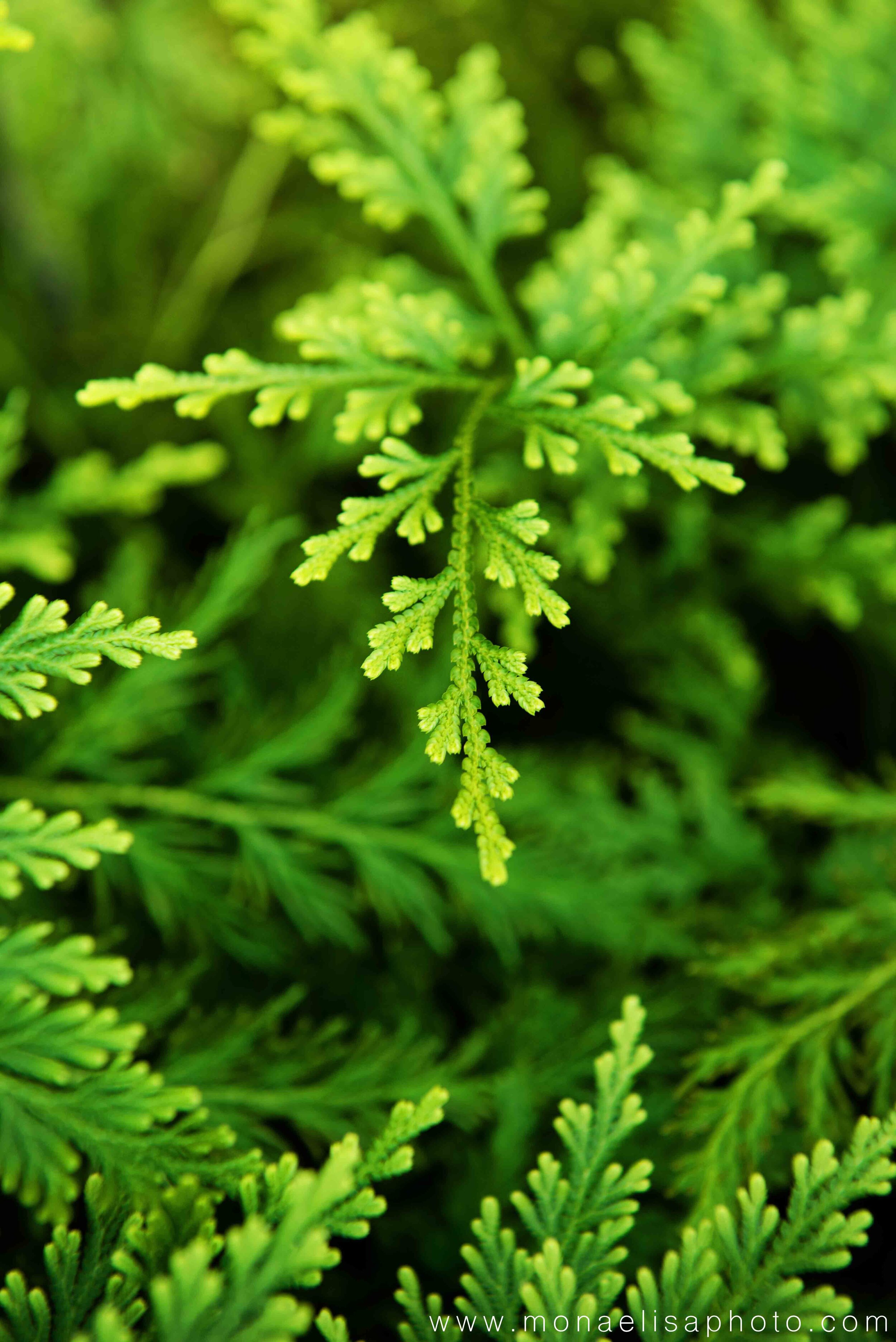Le Jardin des Plantes
This past March we had the wonderful opportunity to go to Paris! We’ve been there many times however this time was definitely different as we went with the bébé! When you’re sans bébé navigating through the Paris Metro, wandering through the cobblestone streets and feasting your eyes on the artwork of one or ALL the museums is a synch. With bébé, everything has become more complex, and think again about taking that stroller into the metro. This is reserved for the very brave (or foolish) souls out there. We were foolish… I mean brave…. but only once. Can I get an amen from all the baby-carrying mamas!?
Number one on the list for this trip was the Grandes Serres du Jardin des Plantes. And it did not disappoint. If you caught our feature on Amsterdam’s Hortus Botanicus, you know we love exploring botanical gardens and wandering through their marvelous collections of plants.
The Grandes Serres originally started to protect and preserve a collection of orangeries. These orange trees were housed in utility buildings and were off limits to the general public. It is only later that we see the appearance of the first greenhouses made of glass and wood; built for the chief purpose of conserving the botanical collections that naturalists would bring back from their explorative voyages outside of France.
In the early 19th Century, the concept of combining metal with glass was introduced to the construction of greenhouses. This allowed for stronger structures and better insulation for the varied temperatures that the plants needed. England spearheaded this innovation and architects, most notably Charles Rohault de Fleury, were sent to bring back this innovation to France. Between 1834 and 1836, Rohault de Fleury built two greenhouses: the Eastern Pavilion and the Western Pavilion (both would later be renamed). These two structures were the prototypes of modern greenhouses and significantly are the first greenhouses in the world of such large dimensions made of glass and metal.
The tropical greenhouse constructed in typical Art Deco style was built in the 1930s by Rene Berger. It is here that we started our visit and it was absolutely incredible. Our senses were captivated by the biodiversity we found there. Every step we took seemed filled with so many different varieties of plants: cascading banana leaves, gorgeous ferns, dangling orchids and a waterfall of monstera deliciosa (my favourite) just to name a few. It was a treat for our souls. They had built a structure at one end of the greenhouse that you could climb up inside to have a panoramic view. It was gorgeous, and of course gave me a chance to get up close and personal with their breath taking monsteras.
Monstera deliciosa is a type of flowering plant common to southern Mexico and Panama, but they have been introduced worldwide. I was always taken aback by their name: why monstera (a.k.a monstrous)? It refers to the sheer size that these beauties can grow to… over 9 meters in some cases! That may be indeed monstrous! They are a member of the Arum family Araceae with very impressive aerial root systems. What fascinates me the most is the fenestrate leaves—although each leaf is similar, they are each so unique with different perforations and lines.
From the tropical rainforest greenhouse, we ventured into the deserts and arid environments greenhouse – a complete change of atmosphere and certainly temperature. Their collection had cacti and succulents from all over the world: USA, Mexico, the Andes, South Africa, the Sahara and even Madagascar! I am always so intrigued how these plants have each a different way of conserving water, reproducing and their fascinating defense mechanisms for deterring predators.
From there you enter the greenhouse of New Caledonia which contains plants from… you guessed it, New Caledonia. New Caledonia is a French territory in the southwest Pacific Ocean about 1,210 km east of Australia. Discovered by the British navigator James Cook in 1774 it came into the hands of the French in 1853. What makes this collection so special is that it contains several plants that are actually quite ancient in origin and are ancestral to the genealogical tree of the plant kingdom. New Caledonia is only 19 058 km², but it is incredibly rich in more than 3000 species of fauna and flora that do not exist anywhere else in the world. In fact, 76% of plant species and 72% of known animal species are endemic. Amazing! The greenhouse presents this flora through five environments: the humid forest, the dry forest, the maquis, the savanna and the mangrove. You can see a brochure of this collection here.
Finally, you enter into the history of plants greenhouse where the evolution of plants is traced beginning from 430 million years ago. Here you see a wide variety of gorgeous ferns (another favourite of mine) including breathtaking tree ferns, as well as cycads, a Ginkgo Biloba, lianas and the tour ends with flowering plants.
Botanical Gardens aren’t just beautiful places where one can admire and marvel at the beauty of plants or learn about their history. In a world where we are losing so much biodiversity in the name progress and economic growth, these places become safe havens for our rarest flora. Many botanical gardens including the one in Paris and the Hortus Botanicus in Amsterdam contain rare and endangered plants. They are “banks of plant biodiversity.” If these plants multiply, they are spread and shared between a network and community of botanical gardens. This becomes very important as botanical gardens are most notably places of research and of course knowledge dissemination to the wider public. Thus, it’s another place where we can learn the importance of taking care of our dear home. You don’t just learn about the plants themselves, but their part in a wider ecosystem including their relationships with the flora and fauna you would find in their natural and wild environment.
If you’re ever in Paris, the plant lover in you will find great joy in visiting the Grandes Serres du Jardin des Plantes. The greenhouses are just a small part of the Jardin de Plantes. They also have an Alpine Garden, Ecological Garden, Rose Garden, Peony Garden (next time we come in June!) and an Iris Garden, just to name a few. And if you come with others who aren’t so botanically inclined they have something for everyone: the Gallery on Evolution, the Gallery of Minerals and Geology, a zoo, the Museum of Man and special exhibitions.
I brought back a treasure trove of new material that I making my way through, so keep your eyes peeled for a new release of fine art prints.
Make sure to check out our web shop for beautiful fine art botanical prints to adorn any space you call your own. Let nature in with us!
Want more? Stay up to date, connect with us and be part of our nature-loving, adventure-seeking, and obsessed with all things botanical community! Follow us on Instagram, Facebook or Pinterest.


